Abstract
Leptodactyline is a naturally occurring quaternary ammonium base, which is found in large amounts in the skin of some South American amphibians of the genus Leptodactylus. It is the first example of a m-hydroxyphenylalkylamine in the living organism. In vertebrates it had powerful nicotinic actions and a marked neuromuscular blocking effect. This was considered, on the basis of experimental evidence, to be of the “depolarizing” type.
Full text
PDF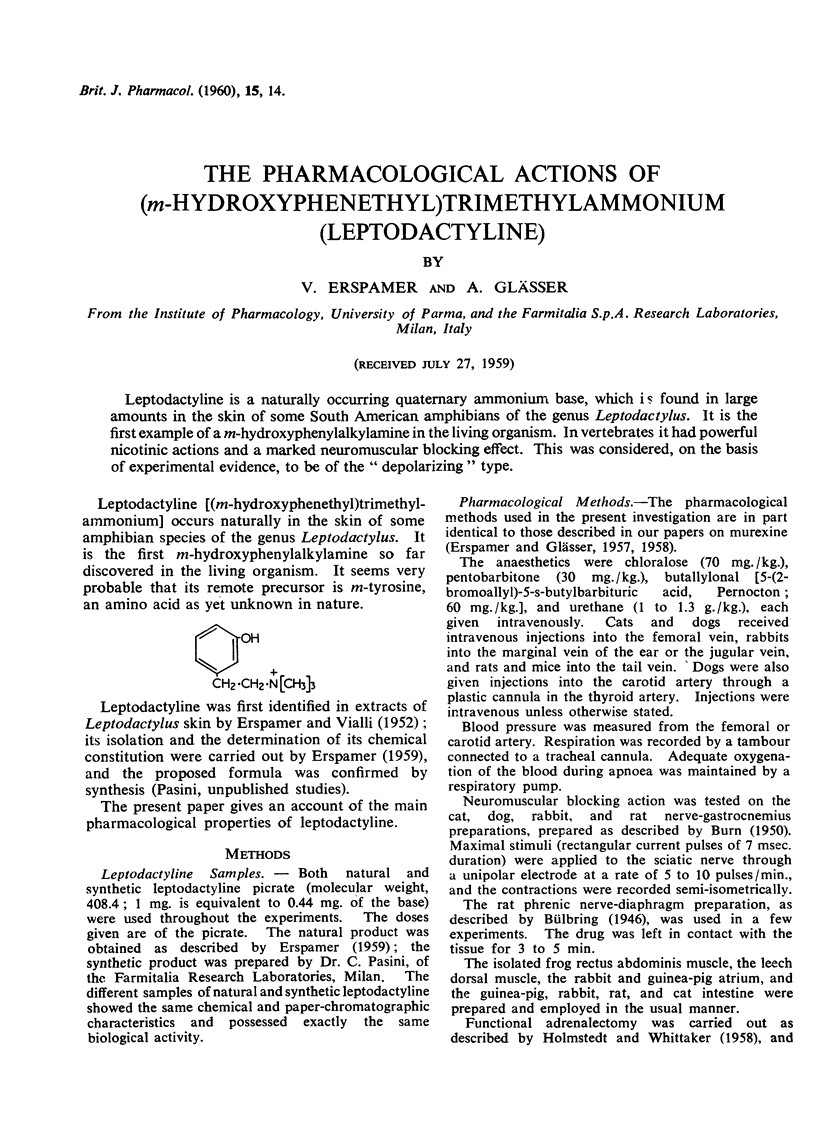
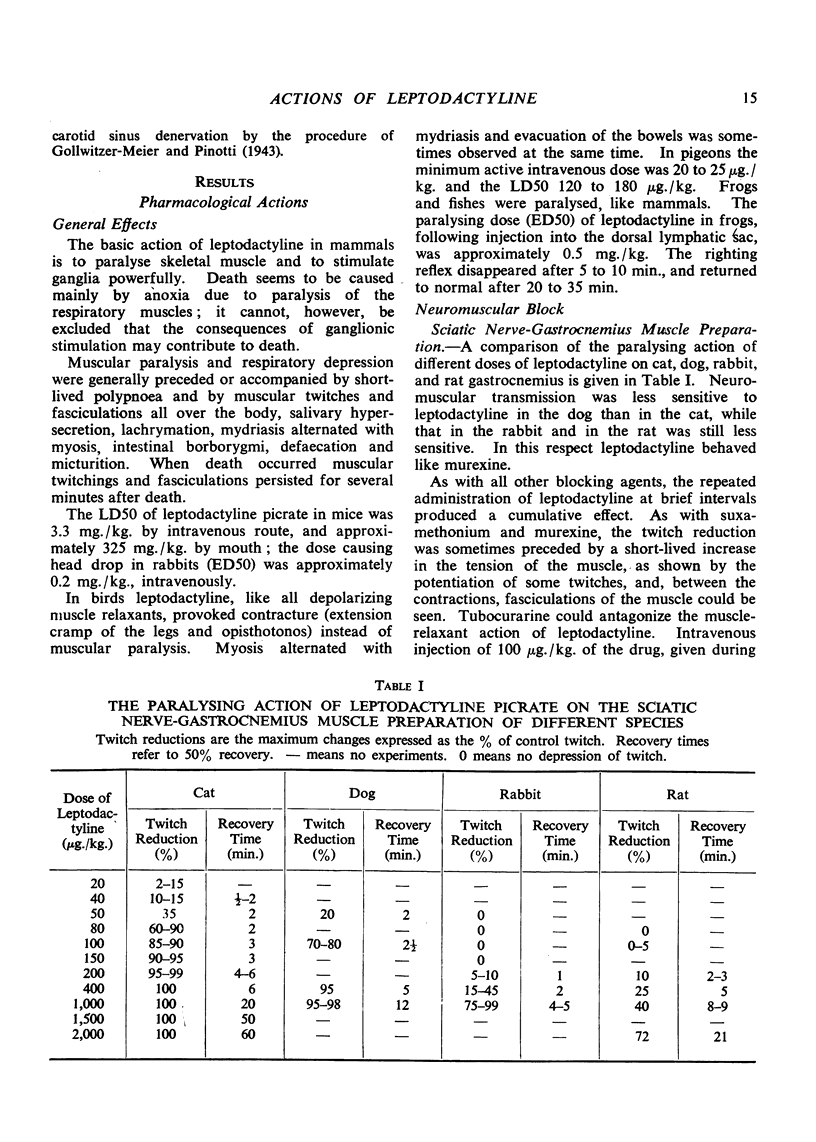
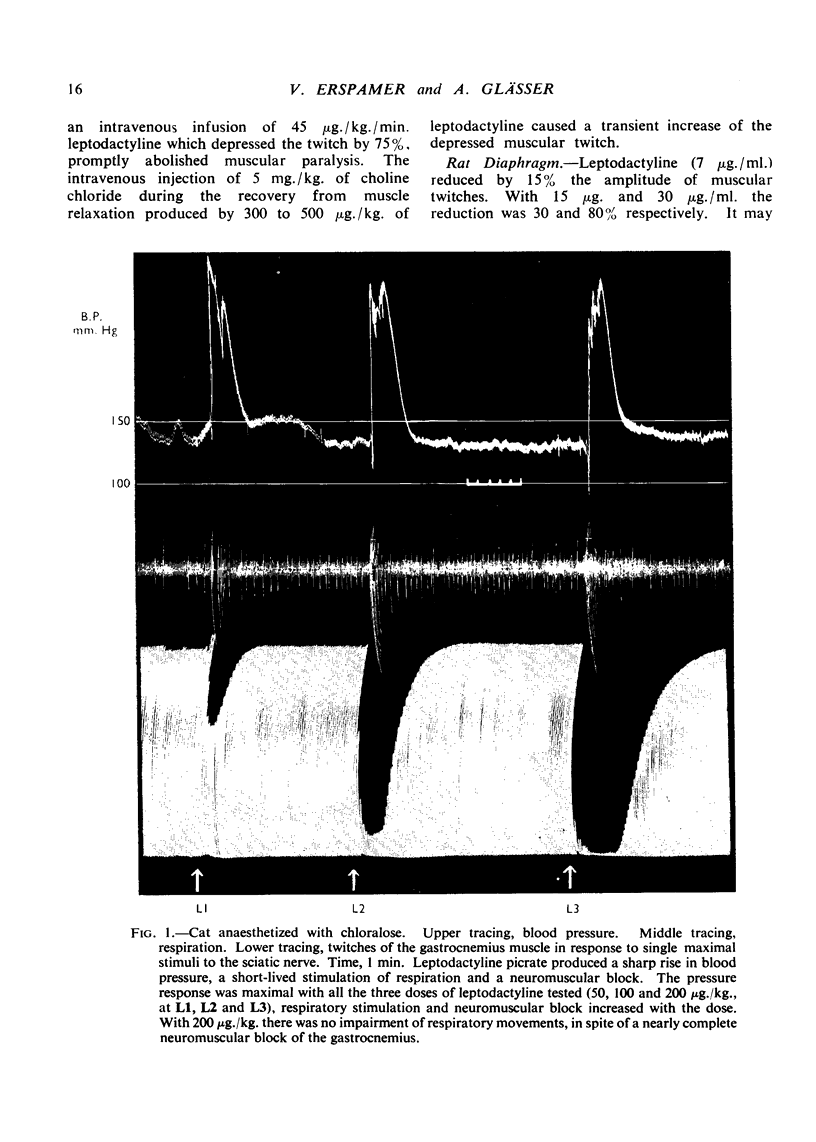
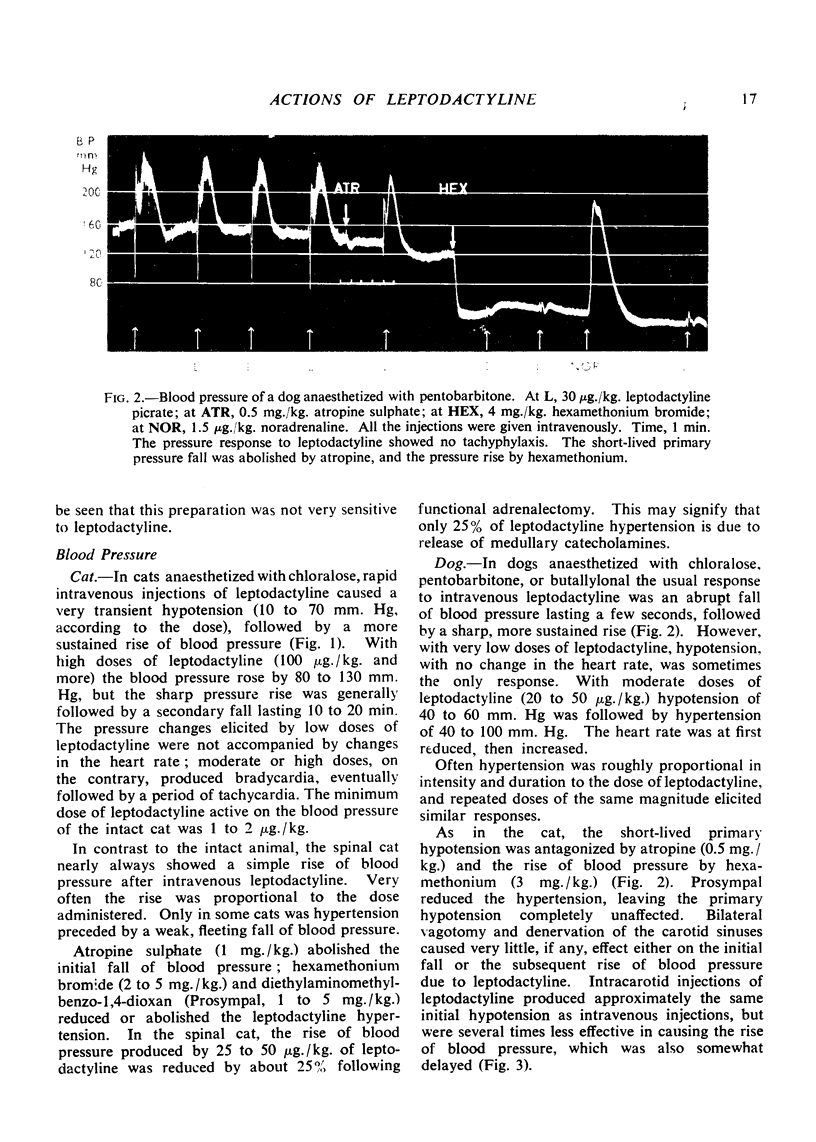
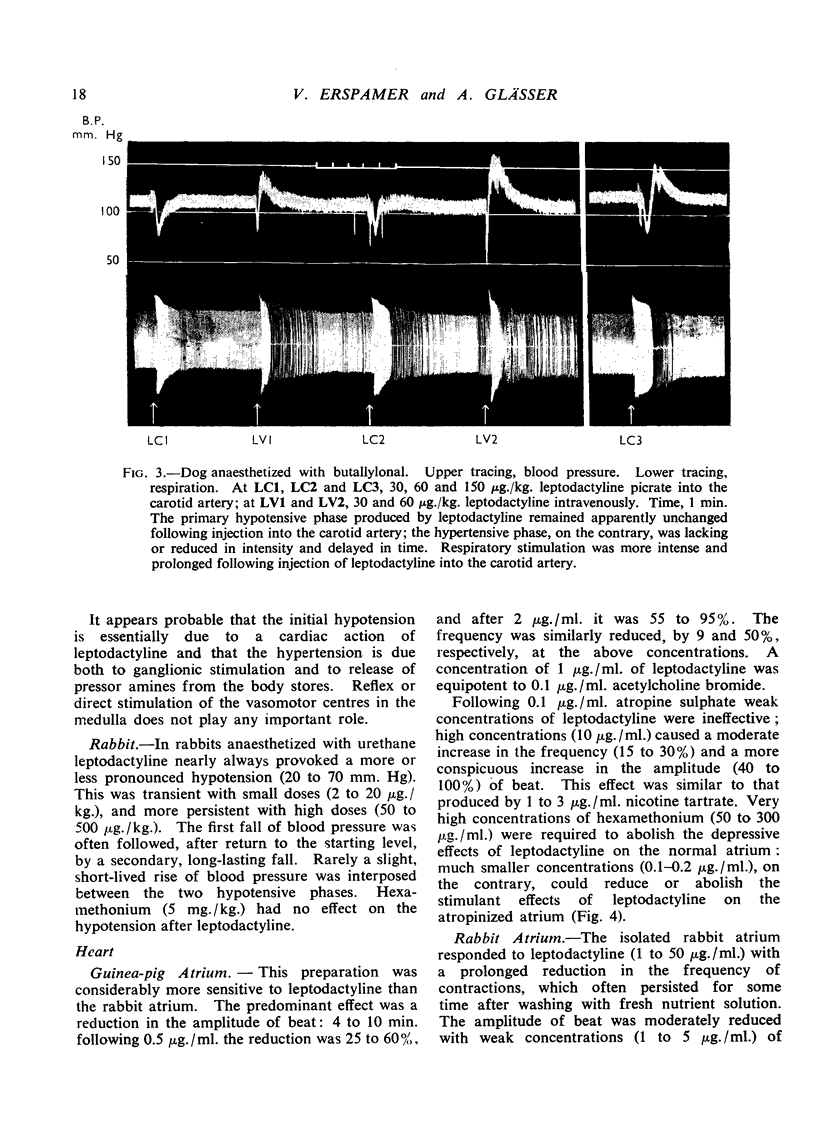
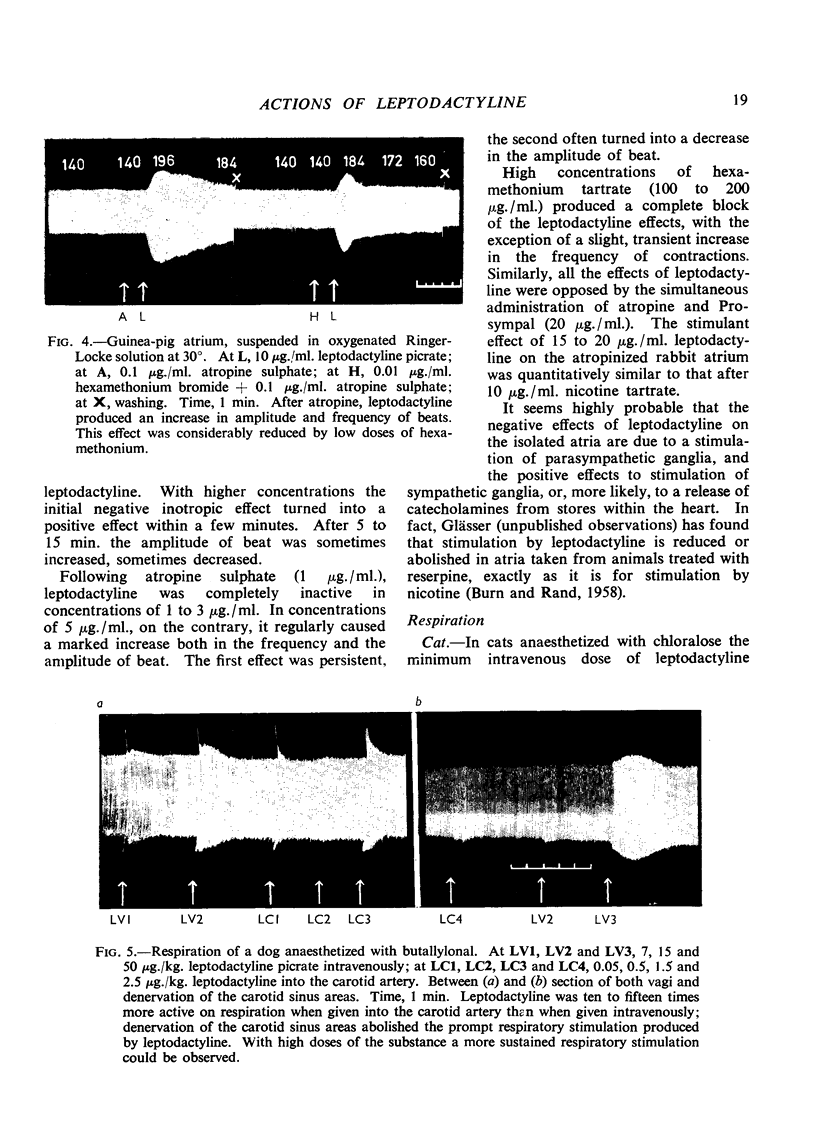
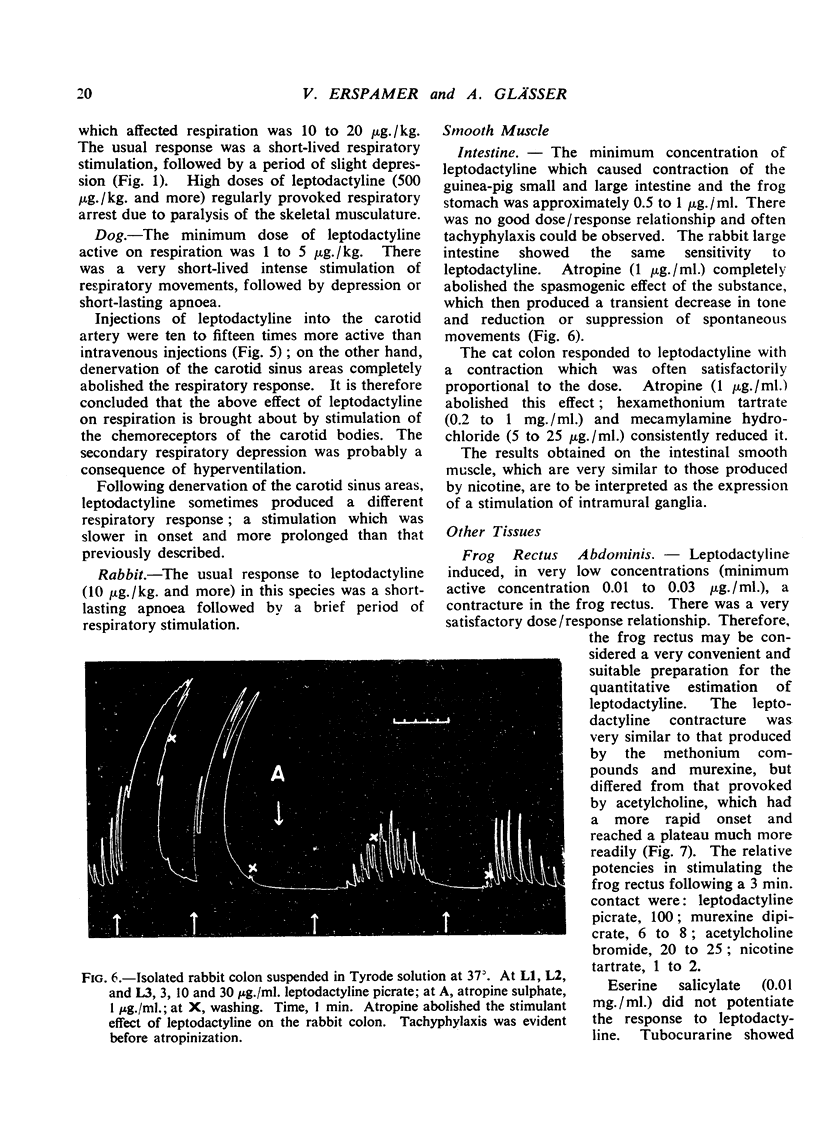
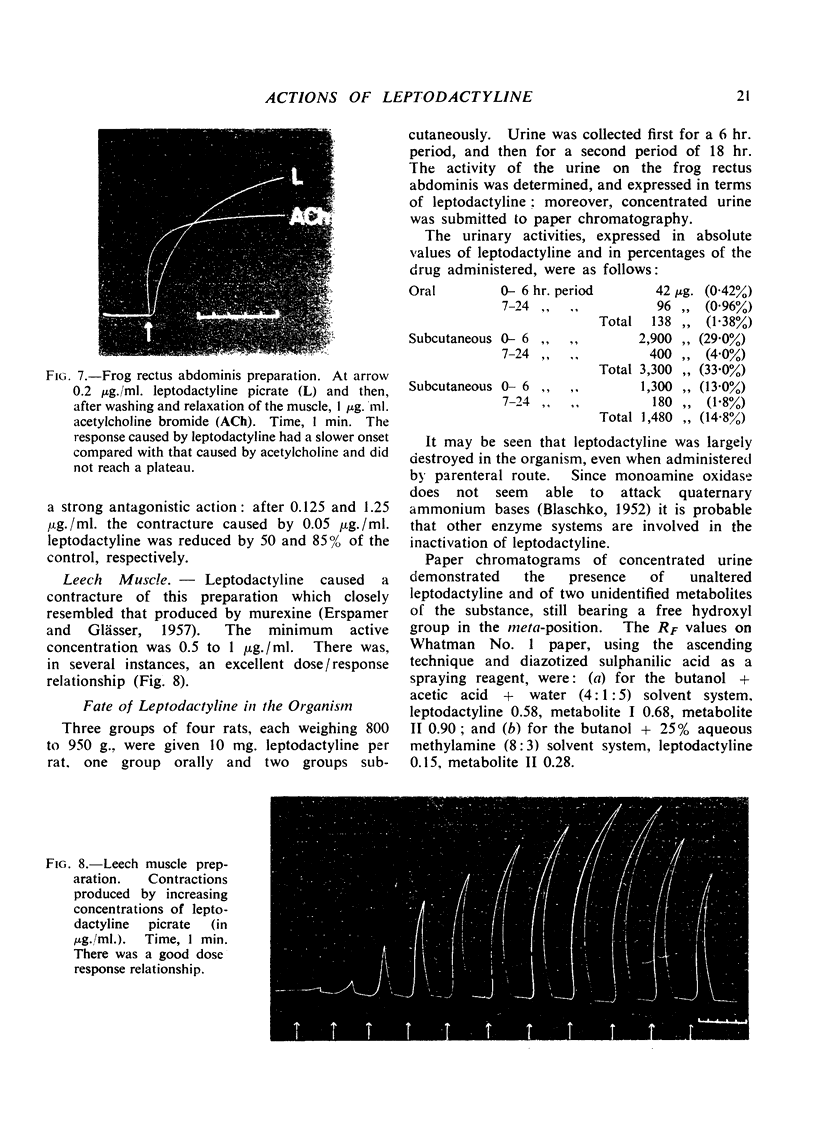
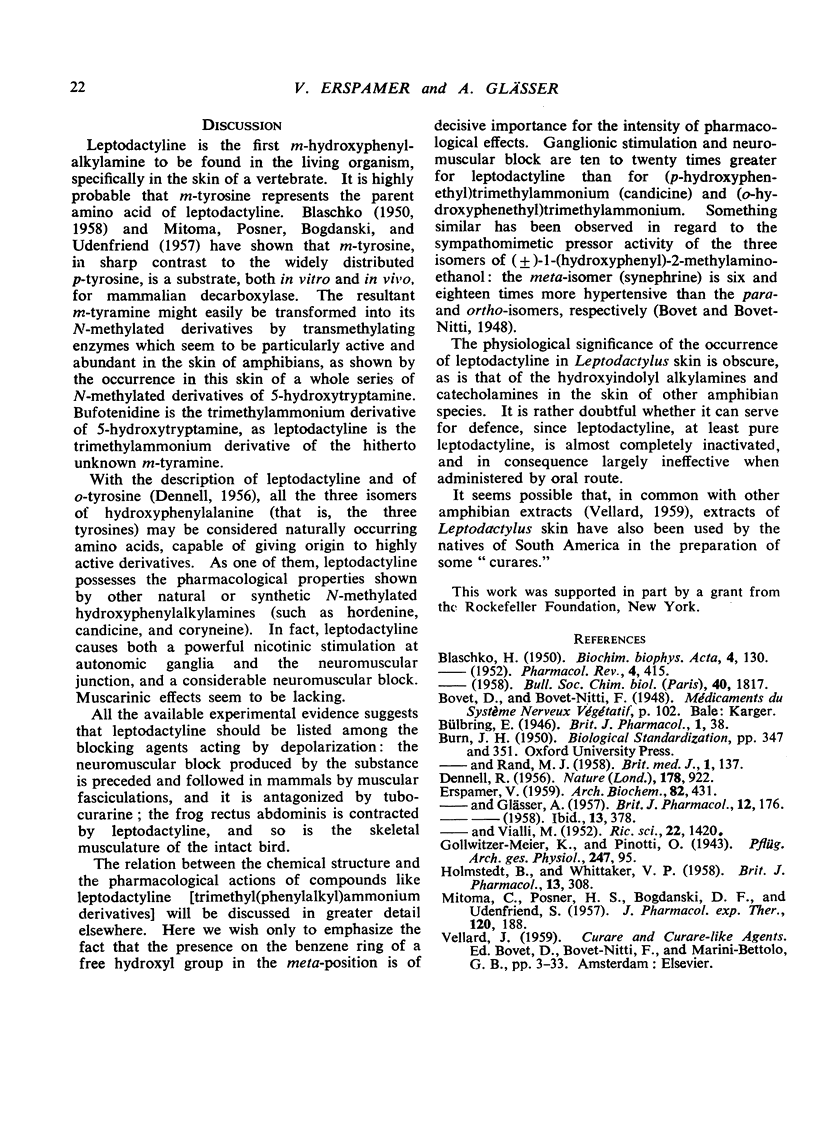
Selected References
These references are in PubMed. This may not be the complete list of references from this article.
- BLASHCKO H. Substrate specificity of amino acid decarboxylases. Biochim Biophys Acta. 1950 Jan;4(1-3):130–137. doi: 10.1016/0006-3002(50)90016-3. [DOI] [PubMed] [Google Scholar]
- DENNELL R. Ortho-tyrosine in an insect cuticle. Nature. 1956 Oct 27;178(4539):922–923. doi: 10.1038/178922a0. [DOI] [PubMed] [Google Scholar]
- ERSPAMER V. Isolation of leptodactyline (m-hydroxyphenylethyltrimethylammonium) from extracts of Leptodactylus skin. Arch Biochem Biophys. 1959 Jun;82(2):431–438. doi: 10.1016/0003-9861(59)90139-0. [DOI] [PubMed] [Google Scholar]
- HOLMSTEDT B., WHITTAKER V. P. Pharmacological properties of betabeta-di-methyl-acryloylcholine and some other beta-substituted acryloylcholines. Br J Pharmacol Chemother. 1958 Sep;13(3):308–314. doi: 10.1111/j.1476-5381.1958.tb00908.x. [DOI] [PMC free article] [PubMed] [Google Scholar]
- MITOMA C., POSNER H. S., BOGDANSKI D. F., UDENFRIEND S. Biochemical and pharmacological studies on o-tyrosine and its meta and para analogues; a suggestion concerning phenylketonuria. J Pharmacol Exp Ther. 1957 Jun;120(2):188–194. [PubMed] [Google Scholar]


